The children’s TV sector is approaching the technology with optimistic caution – keen to exploit its benefits but wary of the drawbacks
Like most modern industries, the children’s TV business is on the cusp of an AI-powered revolution. Despite substantive concerns around quality control, child safeguarding, impact on the workforce and rights ownership, the use of AI is already infiltrating the sector – with significant creative and commercial implications for producers.
Broadly speaking, AI can already replicate every task in the kids’ production business – from ideation all the way through to on-screen output. True, it can’t perform every function to the same standard as humans (for now), but it can often do things cheaper and quicker. For producers in a part of the business that has found commissioners cash-strapped of late, that must make it irresistible.
Gregory Dray, co-founder of kids and family studio Animaj, says his company has actively embraced AI. Last year, for example, the studio unveiled a tool called Sketch-to-Motion, which turns rough sketches into 3D animations with one click.
“AI in kids’ TV is slowly moving from headline-grabbing experiments to behind-the-scenes efficiency”
Gregory Dray, Animaj
As a result, what once took weeks or months can now be achieved almost instantly. His assessment is that “AI in kids’ TV is slowly but surely moving from headline-grabbing experiments to behind-the-scenes efficiency and interactive extensions”.
In Dray’s opinion, AI has a clear use in the development process, including in assisting scriptwriting and ideation, character design and world building, along with market testing. “For example, it can analyse past content to predict themes and characters likely to resonate,” he says.
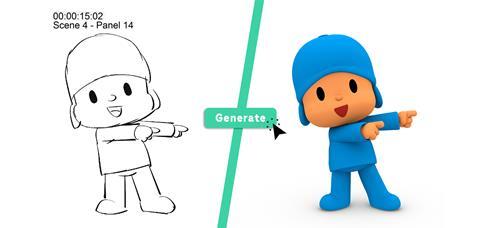
There are also easy-to-achieve production efficiencies, ranging from “automated animation in-betweens and background generation, to editing tools that cut costs on trailers, promos and shorter-form derivative content.”
Just as compelling, says Dray, is AI’s ability to localise projects with dubbing and lip-sync tech, as well as offering subtitling and accessibility tools. “At the same time, there is a personalisation angle. We have already seen AI-driven ‘choose-your-own adventure’ style stories like Carmen Sandiego: To Steal Or Not To Steal on Netflix; and educational games where AI tailors challenges to a child’s learning pace,” he points out.
It’s a lot to digest – and Dray is not oblivious to the downside risks. One of these is that AI tools can generate “odd” narratives. “In kids’ media, where consistency, trust and age-appropriateness are critical, such shortcomings are deal-breakers,” he says.
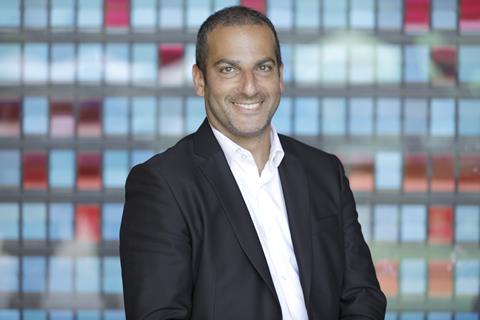
As with any new tech, some companies are determined to get out in front, showcasing the full extent of AI’s capabilities. Kartoon Studios’ Kartoon Channel, for example, is working on Bitcoin Brigade: Adventures In Satoshi City, an AI-produced animestyle series that educates kids about crypto currency. Munich-based Storybook Studios, meanwhile, made an eight-minute pilot of animated series Space Vets in just two months.
Most significant, though, is probably Korean content giant CJ ENM’s move to place AI at the heart of production. Chief strategy offi cer Shin Keun-sup says his company is applying AI “across the entire content value chain, including planning, production, distribution and marketing”.
Time efficiencies
On the children’s front, CJ ENM has created Cat Biggie, a non-verbal short-form 3D animation created using proprietary AI production systems. The 30 x 2-minute series took five months to complete, with a team of just six specialists. Comparatively, it would normally take three to five months take to produce a single fi ve-minute traditional 3D animation.
Despite its AI roots, Cat Biggie – about a feline who meets a baby chick and becomes its father – is resonating with viewers: following its release on YouTube in July, each episode had clocked up 300,000-400,000 views, at the time of writing.
Most studios are a long way from producing their own Cat Biggie – but AI has clear uses. David Michel, president and co-founder of Cottonwood Media, anticipates lower post-production costs and says easier subtitling is another benefit. “This is a major step as it will help us create subtitles in languages we couldn’t afford to translate into.”
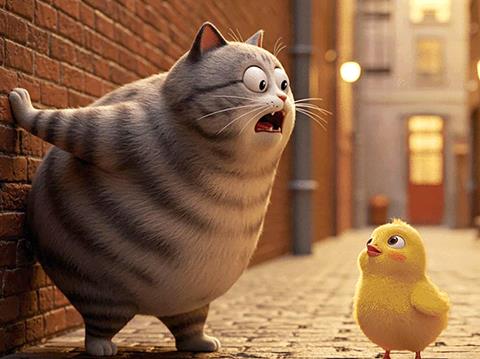
From a creative perspective, he adds, it is possible to generate natural-sounding AI voices. “We’re using AI for temp voices before the fi nal dubs, but we don’t see this replacing the unique skills of a professional actor. Actors’ unions are striking different deals in each country to regulate the use of AI dubbing too, and we need to wait until there are clear agreements to move forward.”
Emmanuele Petry, producer and head of international at French animation stalwart Dandelooo, says her company is “keeping a close eye” on AI advancements, “especially on the technologies being implemented in animation production pipelines”.
She adds: “We are open-minded about the potential these tools hold, and we certainly don‘t wish to miss the boat on innovations that could enhance the creative process and production quality.”
“AI currently lacks emotional intelligence and human warmth. It cannot replicate empathy and connection”
Emmanuele Petry, Dandelooo
For now, though, Petry is more concerned by the editorial shortcomings of AI: “Currently, it lacks emotional intelligence and human warmth. It cannot replicate empathy and connection, for example – things that are at the heart of kids’ content.”
And that is not the only factor influencing Dandelooo’s position. “We are concerned about the threat it brings to employment. This revolution must help increase the quality of production but not reduce the staff. Another issue that I don’t think has yet been tackled – and is far from being resolved – is the legal aspect. Until there is full transparency and regulation, we will not consider AI exploitation in our productions.”
Industry caution
Greg Boardman, co-founder of production consultancy Three Stones Media, concurs. Having participated in the production of series like Rastamouse and Apple Tree House, Boardman now works with entry-level animators. “There’s not a lot of money in kids’ TV, so I get the idea that AI might be a cost-saving tool. But, frankly, I am horrified by the poor quality of debate around AI at present. It seems to me that we’re sliding towards something without really understanding what we’re doing.”
Meanwhile, some US studios have started to push back against AI outfits – Scooby Doo owner Warner Bros Discovery recently joined Disney and NBC Universal in launching law suits against AI image-generation firm Midjourney.
But unease with the tech stretches beyond economics. Boardman points to AI’s environmental impact and says he is particularly concerned about the lack of guidance given to industry entrants. “We’re training people to work in an industry that could potentially have no need for them.”
In terms of the product itself, Boardman says, the slower pacing of traditional productions like Rastamouse gives creators time to reflect on detail. “I don’t just mean time to come up with those magical elements that make a production distinctive – I also mean time to consider what should be left out. I worry that AI’s accelerated timeline may lead to less considered judgement calls.”
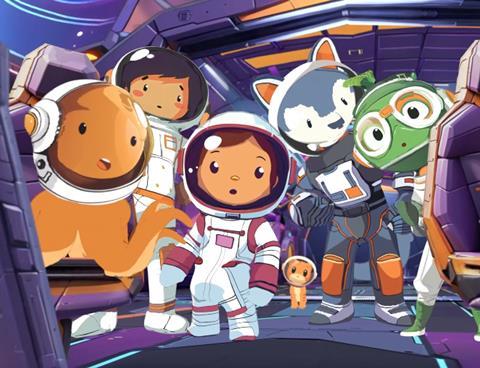
To some extent, producers are currently protected from the onslaught of AI by the fact that broadcasters and distributors are also relatively wary of the tech.
The BBC and PBS in the US have started to experiment with AI’s potential to support kids’ and educational content, but for the most part there is still a recognition that the ethics of AI production and the issue of idea/IP ownership have not been resolved. This is less the case in social media, which may explain why this is where CJ ENM debuted Cat Biggie. But even here, leading producers are proceeding with caution.
Tom Jenkins, creative director of Spud Gun Studios, produces animated shows for Mashed, a YouTube channel that targets teen and young adults. Like his peers, Jenkins sees potential for AI to be “a force multiplier, that enables you to iterate slightly quicker”. But right now, he says, “none of our content has AI involvement. My sense is that audiences are keener than ever to consume authentic human-made content.”
Yet the speed of change is so rapid that the children’s industry has no choice but to get to grips with AI, according to Jo Redfern, chief executive of Futrhood Media and former head of brand at BBC Children’s & Education.
“There is a risk of creative homogenisation as producers and creators chase cost savings and volume over innovation and quality,” she says. “But AI also allows smaller players to compete when established studios are better shielded from the headwinds. It’s time to move into an acceptance phase where we seek to integrate AI while balancing efficiency gains, ethical considerations and creative integrity.”
AI progression
Such urgency is underlined by Amazon’s recent investment in Showrunner, an AI platform from Fable that allows animated shows to be created in minutes. Also in the market is Guy Gadney’s Charismatic.ai platform, which generates idea-to-animated narrative content in less than 15 minutes.
Gadney recently shared a test of his tech on LinkedIn, called Reflections. Here, an entire episode of animation was generated from a three-line story idea. Summarising, Gadney says: “We now have the storyworld, characters and basis of a new IP format we can build and grow.”
The need to act is endorsed by Daniel Efergan, who left Aardman last year to set up an AI consultancy. The former executive creative director of interactive and innovation is in “no doubt that a fundamental change is happening in the way we interact with our tools”.
Efergan continues to work with Aardman and has helped it set up guiding principles. “The key message coming through is the need to be brave – but also to be careful. Aardman recognises it can’t pretend nothing is happening, but also knows there are some precious things that need protecting when it starts making choices.”
Efergan says some uses of AI are no-brainers – particularly rudimentary tasks like data cleaning and analytics. But overall, his observation is that the industry’s adoption of AI is uneven – with a degree of hesitancy associated with copyright questions, especially around more expensive projects. Yet despite legitimate concerns, producers’ moods could be shifting.
“There’s more pragmatism, which could be linked to the difficult financial environment for producers of children’s content,” he says. “Some of the fear has gone as producers realise that AI can be creatively empowering if it’s used in the right way.”
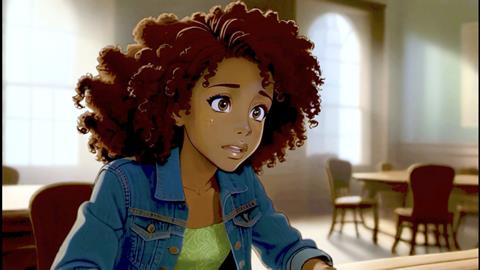
Indeed, the inherent tension between ‘good’ and ‘bad’ AI usage makes for a complex narrative. AI will, for example, allow shows to be simultaneously launched in several languages, using voices with authentic tone and nuance. At the same time, AI voice cloning of kids’ characters – fundamentally the same tech – is a major ethical concern for parents and carers.
Dray believes the kids’ sector needs guidelines to protect young audiences similar to the COPPA (Children’s Online Privacy Protection Act) rules in the US. If that happens, he anticipates a model where AI “reshapes production economics but doesn’t replace human creativity”.
This chimes with Efergan’s point of view. Despite being a self-confessed geek, he says projects creatively led by AI tend to be soulless. “The best scenario is for a human to construct the story and images, using AI as a tool. The optimist in me believes AI is a great opportunity for talented people to really concentrate on their craft.”


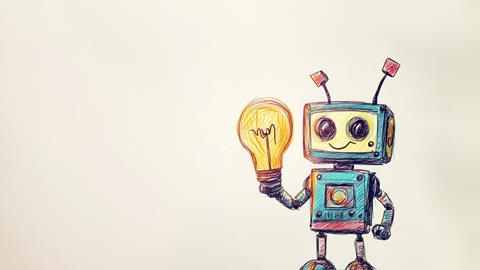






No comments yet